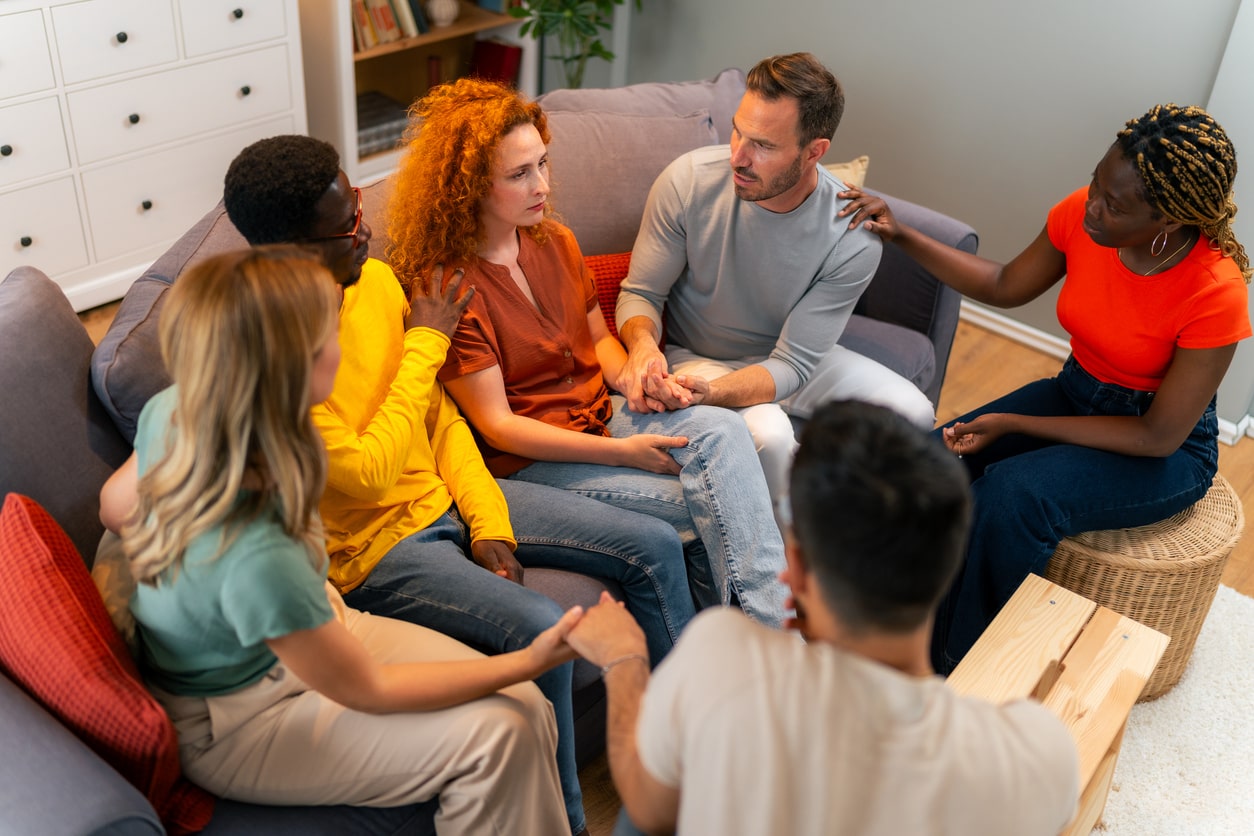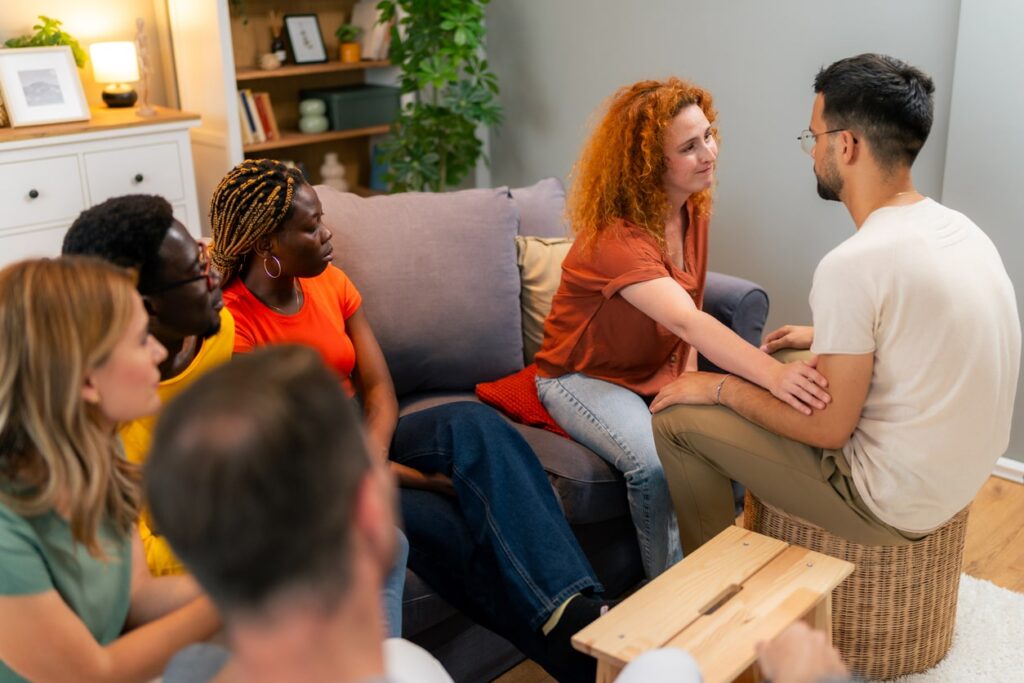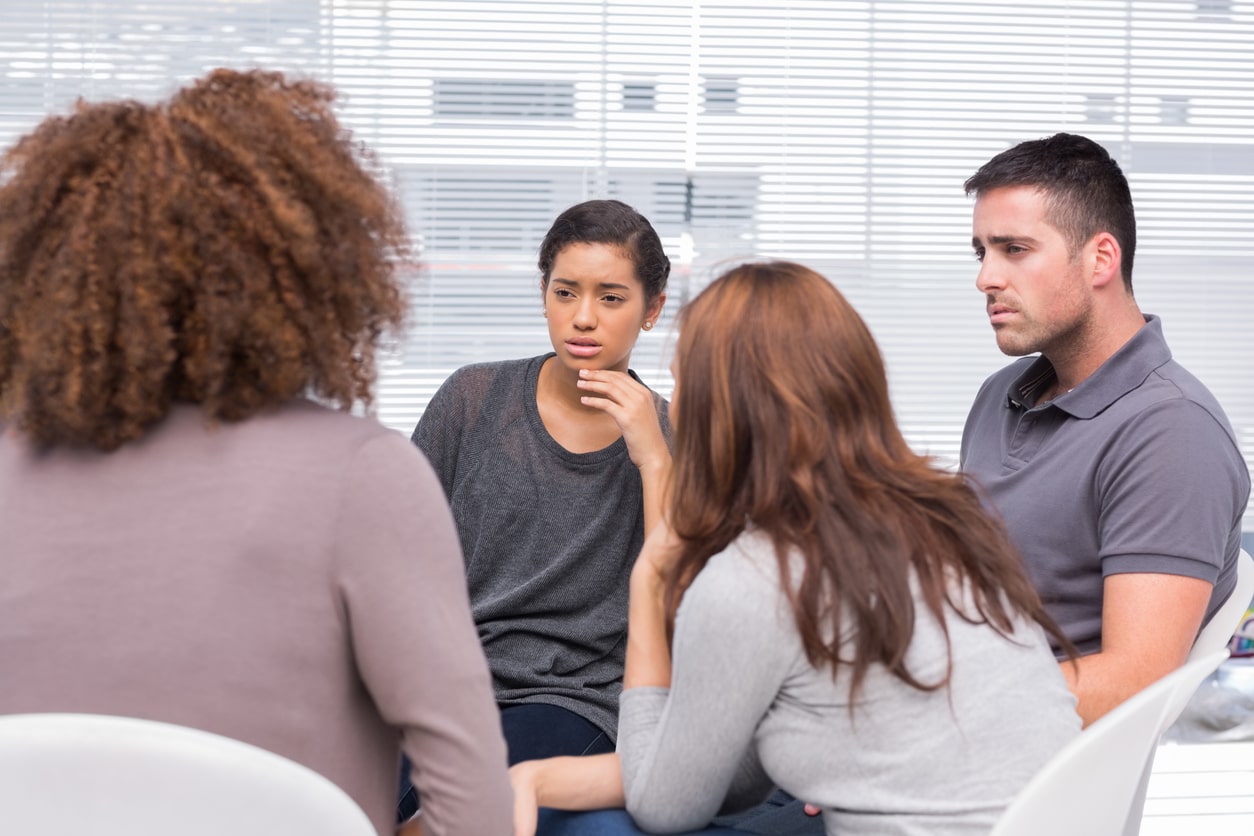Now Reading: How to Start a Family Addiction Support Group
-
01
How to Start a Family Addiction Support Group
How to Start a Family Addiction Support Group

Introduction
When a loved one struggles with addiction, family members often experience stress, confusion, and emotional exhaustion. A family addiction support group provides a safe space for healing, emotional support, and shared experiences. These groups allow families to learn coping strategies, communicate better, and support one another through the challenges of addiction recovery.
If you want to start a family addiction support group, you need to create a structured, welcoming, and effective environment. This guide will walk you through the steps to establish and run a successful support group for families affected by addiction.
Why Start a Family Addiction Support Group?
A family addiction support group can bridge the gap between professional treatment and emotional support, helping loved ones navigate the recovery process. Here’s why starting one can be beneficial:
1. Creates a Safe Space for Emotional Support
- Addiction affects the entire family, often leading to stress, anxiety, and feelings of isolation.
- A support group provides a non-judgmental environment where families can share experiences and receive encouragement.
2. Educates Families About Addiction and Recovery
- Many families lack understanding of addiction and its psychological effects.
- A support group provides education on addiction, relapse prevention, and treatment options.
3. Encourages Healthy Coping Strategies
- Family members often enable destructive behaviors without realizing it.
- Support groups teach healthy boundaries, self-care, and constructive communication techniques.
4. Reduces Isolation and Stigma
- Many families feel shame or embarrassment about a loved one’s addiction.
- A support group offers community and validation, reducing stigma and promoting healing.

Steps to Start a Family Addiction Support Group
Starting a family addiction support group requires planning, organization, and commitment. Follow these steps to create a successful group:
Step 1: Define Your Group’s Purpose and Goals
Before launching a support group, establish a clear mission and objectives. Ask yourself:
- What is the main goal? (e.g., emotional support, education, resource sharing)
- Who is the group for? (Families of addicts, recovering individuals, or both?)
- Will it be open to all family members or limited to parents, spouses, or siblings?
Step 2: Find a Meeting Location or Online Platform
The success of a support group depends on accessibility and comfort. Consider:
- Local community centers, churches, libraries, or rehab facilities for in-person meetings.
- Online platforms like Zoom, Facebook Groups, or private forums for virtual support groups.
- Hybrid models (combining in-person and virtual options) for flexibility.
Step 3: Establish Group Guidelines and Structure
Setting clear guidelines ensures respectful and productive meetings. Consider:
- Confidentiality: Everything shared in the group stays within the group.
- Meeting frequency: Weekly, bi-weekly, or monthly sessions?
- Discussion format: Open sharing, guided topics, or guest speakers?
- Participation rules: Encouraging active listening, avoiding judgment, and allowing everyone to speak.
Step 4: Recruit Members and Promote Your Group
Once the foundation is set, invite families to join. Effective ways to spread the word include:
- Partnering with rehab centers, therapists, and community organizations.
- Posting in local community boards, addiction recovery forums, and social media groups.
- Asking doctors, counselors, and addiction professionals for referrals.
Step 5: Plan Your First Meeting
The first meeting sets the tone for future sessions. To ensure a smooth start:
- Introduce the group’s purpose and guidelines.
- Allow everyone to share their story and expectations.
- Discuss a basic topic, such as “Understanding Addiction as a Disease.”
- Keep it positive, structured, and welcoming.
Step 6: Facilitate Meaningful Discussions
A good support group thrives on engaging and insightful discussions. Topics can include:
- Understanding addiction and its effects on families.
- Setting healthy boundaries and practicing self-care.
- How to support a loved one without enabling.
- Coping with relapse and rebuilding trust.
Step 7: Bring in Guest Speakers and Experts
To enhance the learning experience, invite professionals like:
- Addiction counselors and therapists to provide expert insights.
- Former addicts in recovery to share their journey and offer hope.
- Nutritionists, wellness coaches, or mindfulness experts to discuss holistic recovery.
Step 8: Encourage Member Engagement and Support
A strong community thrives on active participation. Encourage:
- Members to share their experiences and offer support to one another.
- A buddy system where new members are paired with experienced ones.
- Outside support, such as social gatherings or group outings.
Step 9: Evaluate and Improve Your Group
Regular feedback helps refine and improve the group experience. Consider:
- Anonymous surveys for suggestions.
- Checking in with members to see if they feel supported.
- Adjusting meeting formats based on member needs.
Challenges of Running a Family Addiction Support Group
While rewarding, running a support group has challenges. Here’s how to navigate them:
1. Handling Sensitive Topics
- Encourage respectful and empathetic discussions.
- Have a moderator to guide conversations if tensions arise.
2. Maintaining Consistency
- Stick to a regular meeting schedule.
- Have backup facilitators in case of absence.
3. Ensuring Member Participation
- Some may hesitate to speak at first—allow silent participation.
- Create a safe, non-judgmental space so members feel comfortable.
The Long-Term Impact of Family Addiction Support Groups
A well-run family addiction support group can transform lives by:
- Providing emotional relief and understanding.
- Strengthening family bonds and healthy communication.
- Equipping members with coping tools for long-term resilience.
- Encouraging a supportive, judgment-free community.
Conclusion
Starting a family addiction support group can be a powerful step toward healing and recovery. By creating a safe space for discussion, education, and emotional support, families can navigate the challenges of addiction together.
With clear goals, structured meetings, and committed participation, a support group can positively impact many lives. If you’re ready to take this step, gather like-minded individuals, build a community of support, and help families heal together.

Hi, I’m Brittany Larsen, a passionate blogger and content creator dedicated to writing meaningful and engaging articles. I specialize in topics like mental health, wellness, and personal development, aiming to inspire and empower my readers through relatable stories and practical advice.























